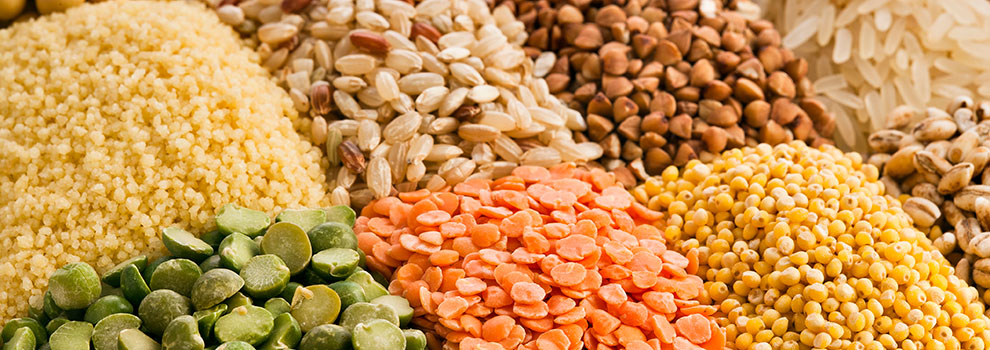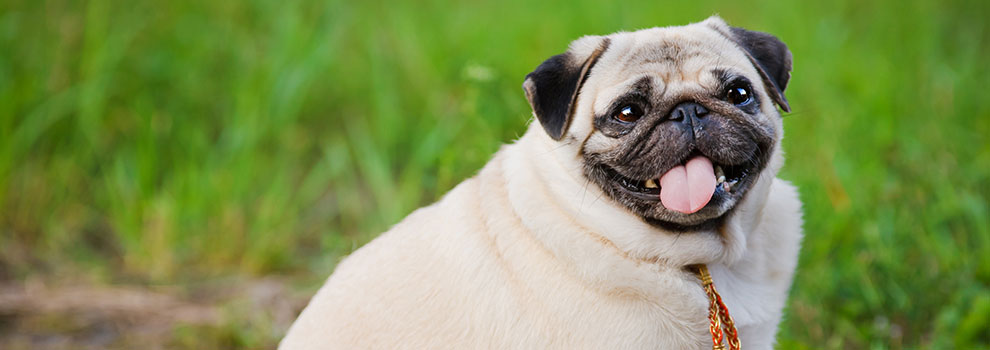Grain-free dog food has surged in popularity over the past decade. Driven by glossy marketing and glowing word-of-mouth from well-meaning pet owners. But is it truly better for your dog or just an expensive fad?
After years of working with vets and managing my own dog’s dietary needs, I’ve learned the answer isn’t simple. In this pros and cons of grain-free dog food guide, we’ll explore the proven benefits, documented risks, and expert advice so you can make a choice grounded in facts, not hype.
What Is a Grain-Free Diet?

Grain-free dog food leaves out common cereal grains such as wheat, corn, barley, oats, and rice. Manufacturers replace them with alternative carbohydrates. Like peas, lentils, chickpeas, potatoes, and sweet potatoes.
The trend took off after marketing campaigns cast grains as “fillers” with no nutritional value. While low-quality foods sometimes rely on cheap grains. Whole grains can deliver fiber, vitamins, and minerals that support digestive and overall health. “Grain-free” doesn’t mean “low-carb”, in most cases, the starches come from different plant sources, not fewer of them.
Nutritional Composition: Grain-Free vs. Grain Inclusive
A high-quality grain-inclusive kibble might feature whole grains. These usually include brown rice or oats, paired with lean protein and balanced fats. Grain-free diets substitute legumes or tubers, but often match the same macronutrient profile.
For example, one popular grain-inclusive formula offers 26% protein, 15% fat, and about 50% carbohydrates from grains and vegetables. Its grain-free counterpart sits at 25% protein, 14% fat, and the same carb load. Their carbs are from potatoes or peas instead of rice. The bigger difference lies in micronutrients. Whole grains contribute B vitamins, magnesium, and soluble fiber. Which grain-free recipes must be replaced with other ingredients or supplements.
Pros of Grain-Free Dog Food

For dogs with confirmed allergies or intolerances, grain-free diets can be life changing. My neighbor’s Labrador struggled with chronic ear infections until her vet identified a wheat allergy. By switching her to a grain-free formula, it helped resolve the problem.
Some dogs also digest alternative carbohydrate sources more easily. This leads to better stool quality and less gastrointestinal discomfort. Owners sometimes see shinier coats, reduced itching, and steadier energy. Grain-free recipes also tend to be more protein forward, which can support working breeds and highly active dogs.
The takeaway: grain-free isn’t automatically superior, but in the right context, it can produce visible improvements.
Cons of Grain-Free Dog Food

For most dogs, grain-free is unnecessary and in certain cases, risky.
In July 2018, the U.S. Food and Drug Administration announced it was investigating a potential link between grain-free diets. They looked at the link between canine dilated cardiomyopathy (DCM), a serious heart disease. The investigation was prompted by a surge of veterinarian reports involving breeds not genetically predisposed to DCM. Many of the affected dogs were eating grain-free foods. Where peas, lentils, chickpeas, or potatoes appeared among the top ingredients.
Between 2014 and 2019, the FDA received more than 500 reports of DCM potentially connected to diet. While the agency has not established a direct cause-and-effect relationship. One leading hypothesis is that certain grain-free formulations alter taurine metabolism. This is essential for normal heart function. The FDA continues to monitor the situation and urges owners to consult veterinarians before making major diet changes (FDA, 2018).
Grain allergies are also far rarer than popular belief. Proteins like beef, chicken, or dairy are more common culprits. Over-reliance on legumes or potatoes can skew amino acid balance. And with price tags often 20–40% higher than grain-inclusive foods, the upgrade may not be worth it for most dogs.
Common FAQs About Grain-Free Dog Food
Grains are bad for all dogs
False. Most dogs digest grains like rice, oats, and barley without trouble. These grains can provide essential nutrients and fiber.
Grain-free means healthier
Not necessarily. A poorly formulated grain-free recipe can be less nutritious than a quality balanced diet, and “people food” is not a substitute for a complete canine diet.
See what’s safe (and what isn’t) in this guide to human foods for dogs.
Dogs are carnivores and shouldn’t eat carbs.
Domestic dogs are omnivores. Over thousands of years, they’ve adapted to digest and benefit from certain carbohydrates.
When to Choose Regular vs. Grain-Free

The right choice depends on your dog’s needs, not trends.
Grain-inclusive diets with whole grains provide steady energy, dietary fiber, and micronutrients, often at a lower cost. They work well for healthy, active dogs without grain sensitivities.
Grain-free diets make sense when a vet confirms a grain allergy or intolerance, or when persistent issues like skin irritation or digestive upset resolve on a grain-free formula. Diet choice should also support long-term weight management.
If weight is a concern, this guide on how to maintain a healthy weight for your pet is a helpful companion.
What Veterinarians Recommend

Most vets prescribe grain-free only when medically necessary. They weigh your dog’s age, breed, activity level, and health history before making diet changes. Certain breeds, like Golden Retrievers and Doberman Pinschers, may be more prone to DCM and warrant extra caution.
If your dog is already on grain-free, mention it at every check-up so your vet can monitor heart health and nutrient status. Preventive screening is far easier than treating advanced disease.
If you’re due for an appointment or weighing a diet change, this primer on why to visit your local vet is a good refresher, and you can skim common dog health questions beforehand.
The Cost Disadvantage
Price is another deciding factor. Feeding a large dog a mid-tier grain-inclusive kibble might cost $55 per month, while a comparable grain-free formula can run $75–$80. For multi-dog households or giant breeds, that difference adds up quickly.
How to Safely Transition Your Dog’s Diet

Switching foods too quickly can cause diarrhea or vomiting. Transition over 7 – 10 days, starting with 25% new food and 75% old. Then increase the new portion every few days until the switch is complete. Watch stool consistency, appetite, and energy, and slow down the change if issues appear. If you’re unsure whether symptoms point to diet or something else, this quick read on misinterpreted pet symptoms can help you decide when to call your vet.
Final Thoughts
Grain-free diets aren’t magic bullets, they’re one tool among many. For dogs with true grain allergies, they can be transformative. For others, they may offer no extra benefit and even carry a risk. The best diet is the one tailored to your dog’s unique nutritional needs, determined in partnership with your veterinarian.
 All About Pets
All About Pets 

